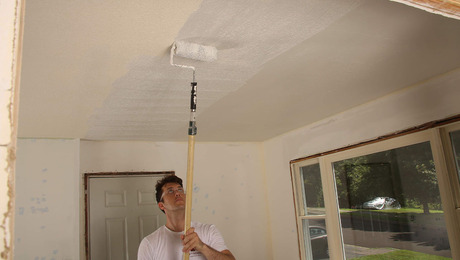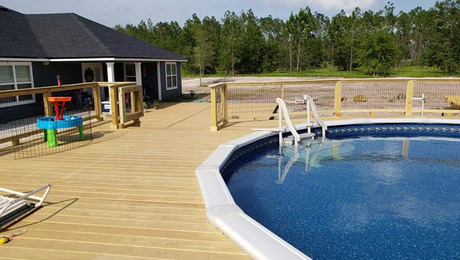Q:
We’re converting our basement to living space and need to add heat. We have numerous cast-iron radiators of various sizes that we could tie into our existing hydronic baseboard system. Are cast-iron radiators more efficient than copper baseboards? Can the radiators be used in the same system?
Isaac Pap, New Haven, CT
A:
Mark Eatherton, a plumbing and heating contractor in Denver, Colorado, replies: Radiators and baseboard convectors both depend on hot water as their heat source. The similarity stops there. As their name implies, radiators deliver heat in the form of radiant energy. In other words, the energy from a radiator travels through the air without heating the air until it strikes a solid object. The object is warmed, which in turn warms the surrounding air. A radiator’s primary function is affecting the mean radiant temperature, or the average surface temperature of the surfaces surrounding your body.
Older style upright cast-iron radiators are usually massive things, with most weighing a couple of hundred pounds. By their nature, they tend to radiate energy long after the heat has been shut off. In some cases, they can cause the room temperature to overshoot by a few degrees, but their overall comfort is superior to that of their cousins, the baseboard convectors. Radiators have some convective output, but it is minimal compared with their overall output potential.
Baseboard convectors, as their name implies, convey heat from hot water to air by means of convection. Their primary function is to provide a curtain of warm, rising air between you and the colder surface of a window or exterior wall. A small percentage of their output is radiant, but it’s typically less than 10% of their net output. Their net effect on the mean radiant temperature in a room is almost nil.
Hot-water convectors were introduced to the American market shortly after World War II when the materials necessary for their production (copper, aluminum and tin) became readily available. Their primary market was disgruntled homeowners who were accustomed to giving up a lot of space to the presence of massive cast-iron radiators. Hot-water baseboards intruded only a few inches into a room and could easily be spread around the perimeter of a room, typically under a window, where the coldest air could be sensed.
In systems where the same thermostat controls cast-iron radiators and baseboard convectors, consumers are typically unhappy with the comfort from baseboards as compared with radiators, due mostly to the difference in their influence on mean radiant temperature. When your body is in a room with a mean radiant temperature closer to your skin’s surface, you feel warmer. When you leave that room and go into a room with a lower mean radiant temperature, your body immediately registers the difference. Thermometers in both rooms may show an air temperature of 70°F, but if the mean radiant temperature is substantially less in one of the rooms, your body senses this difference, and your skin feels cool.
The two methods of heating can coexist with near-boiler piping modifications that allow the two systems to operate separately. These piping changes should be performed by a licensed professional because they require specific component selection and placement to ensure that one zone’s operation does not affect the operation of the other. For efficiency, have your boiler professional install an outdoor reset controller to increase the comfort, to avoid unnecessary overshoot and to increase the overall thermal efficiency.

























